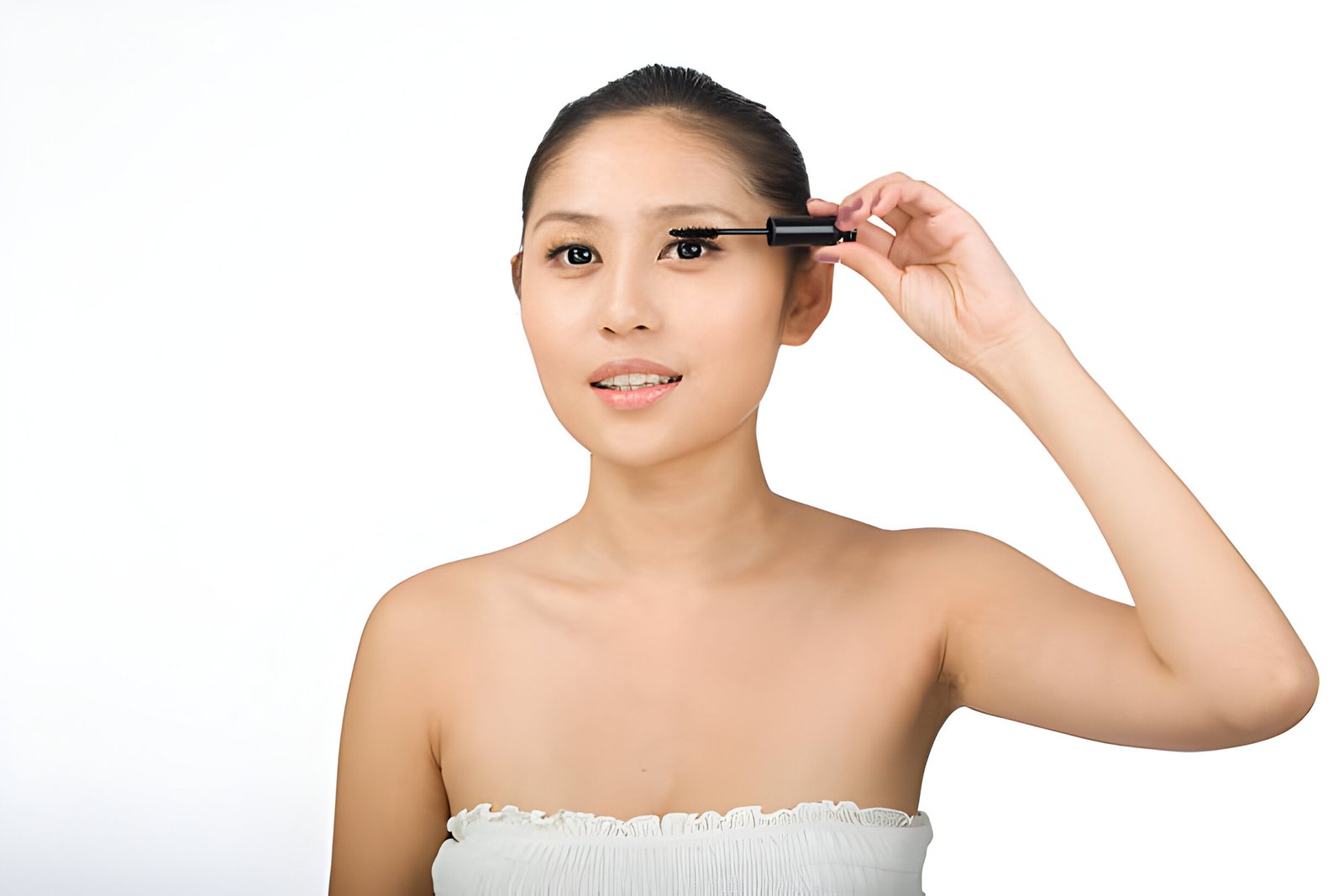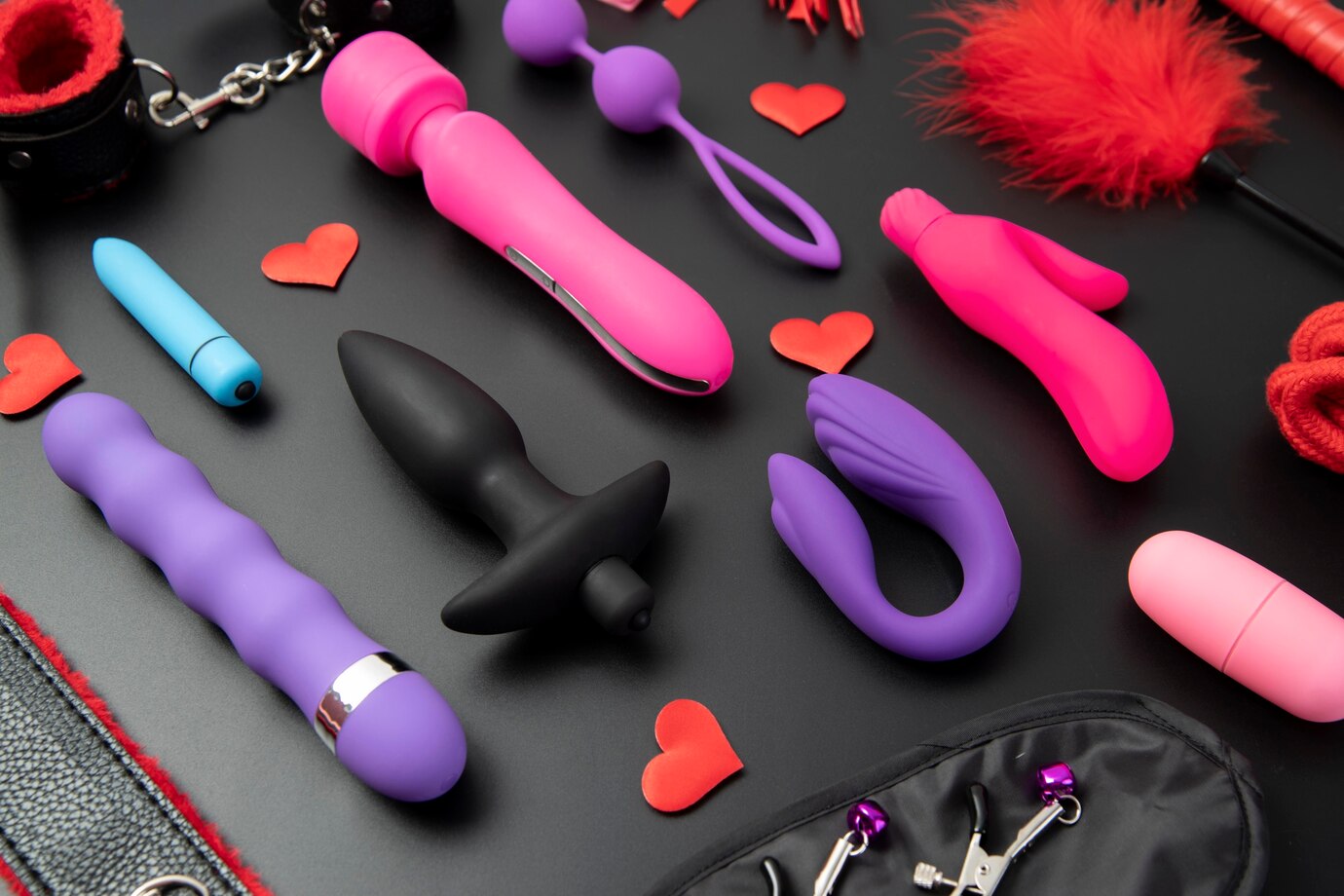
Image Credit: Getty Image
Microblading eyebrows have become a popular technique for achieving fuller, more refined brows. However, when it goes wrong, the quest for perfect eyebrows can become a distressing experience, leaving individuals with the challenge of correcting bad microblading eyebrows. The disappointment from before and after bad microblading eyebrows not meeting expectations, coupled with the frustration of going through a healing process bad microblading eyebrows require, can be daunting. It is crucial to approach the situation with informed decisions to restore the appearance and health of the brows.
Addressing bad microblading eyebrows involves identifying the mistakes, consulting with a professional for expert advice, and exploring options for correction or removal. This article will guide readers through steps on how to fix bad microblading eyebrows, delving into various techniques such as topical treatments, laser removal, and camouflage methods. Furthermore, it discusses the healing bad microblading eyebrows process and provides insights into advanced corrective measures. With the right approach, those dealing with bad microblading eyebrows can find effective solutions to regain confidence in their appearance.
Table of Contents
ToggleIdentifying Bad Microblading Results
Signs of Bad Microblading
Bad microblading can manifest in several ways, each impacting the overall appearance and symmetry of the eyebrows. Common signs include uneven or misshapen eyebrows, which often result from inadequate mapping and measurement before the procedure or inconsistent needle pressure during the application. Additionally, if the pigment fades or changes color over time, it might be due to exposure to sunlight, the skin type of the client, or the quality of the pigment used.
Infections or allergic reactions are serious indicators of improper procedure practices, such as poor hygiene or sterilization of tools. These might present as redness, swelling, or itching around the brow area. Lastly, an unnatural appearance, such as overly thick or thin strokes or incorrect color matching, can make the eyebrows look artificial, detracting from the natural beauty of the client.
Common Microblading Mistakes
One frequent mistake in microblading is not doing enough research before selecting an artist. Opting for an untrained or inexperienced technician based on cost alone can lead to poor outcomes. It is crucial for clients to discuss their desired brow shape and color in detail with their technician to ensure expectations are clear.
Preparation is also key; clients should avoid tweezing or waxing their brows at least a week before their appointment and refrain from consuming substances that might affect bleeding or skin sensitivity. Setting realistic goals is essential; understanding the limitations and potential complications of microblading will help manage expectations and lead to more satisfactory results.
Recognizing these signs and mistakes early can guide individuals in seeking timely corrective actions, whether through color correction, microblading removal, or other techniques to restore the desired eyebrow appearance.
Consulting with a Professional
When addressing bad microblading eyebrows, consulting with a skilled professional is paramount. The right technician not only corrects the mistakes but also enhances the overall appearance of the brows, ensuring they complement the individual’s facial features.
Assessing Your Skin’s Reaction
After a microblading procedure, closely monitoring the skin’s response is crucial. Signs of an adverse reaction, such as inflammation, excessive redness, or blisters, could indicate poor microblading quality. These issues often arise from unhygienic procedures or the use of substandard needles and necessitate immediate medical attention to prevent further complications.
Choosing the Right Technician
Selecting the right microblading technician involves thorough research into their qualifications, experience, and work quality. A reputable technician should have a valid license, specific microblading training, and a portfolio that includes before-and-after photos of their work, particularly corrections. Analyzing these photos helps assess the natural appearance of the brows after healing. Additionally, consider the technician’s ability to provide detailed information about the healing process and any necessary touch-up sessions. Prioritize technicians who maintain high standards of safety and hygiene, as these factors are crucial for preventing infections and ensuring satisfactory results.
Correcting Bad Microblading
Eyebrow Shape Correction
Correcting the shape of eyebrows is crucial for individuals who have experienced poor microblading results. This process involves meticulously remapping and redrawing the brows to ensure they align well with the natural facial features. By adding strokes to build on the arch or making the brows thicker, a more harmonious and balanced appearance can be achieved. This step is essential, especially when previous work has distorted the natural shape or extended beyond the natural brow area.
Color Correction Techniques
Color correction is a specialized procedure designed to adjust the pigment of previously microbladed brows. It addresses issues like uneven coloration, fading, or incorrect shade selection that often arise from factors like skin type and sun exposure. Techniques such as adding warmer tones or blending multiple shades can help create a seamless transition and restore the natural look of the eyebrows.
For instance, if the brows are excessively dark, a lighter color may be used to balance the shade. Conversely, if the brows appear too light, a darker tone can be applied to enhance the color depth. In cases where microblading errors are severe, and color correction alone is insufficient, pigment removal might be necessary. This involves using a specialized solution to break down and dissolve the ink, which is most effective in the early stages before the pigment fully sets into the skin.
This method involves using a device to make fine punctures in the skin, which helps in fading the color by stimulating natural skin regeneration.
By carefully selecting the appropriate color and employing these correction techniques, even the most challenging microblading errors can be effectively addressed, restoring both the appearance and confidence of the individual.
Removal and Advanced Techniques
In cases where bad microblading eyebrows cannot be corrected through standard methods, removal becomes necessary. Two prevalent techniques are laser removal and the saline lightening method, each with its specific processes and considerations.
Laser Removal
Laser microblading removal is widely recognized for its effectiveness in eradicating unwanted semi-permanent eyebrow tattoos. This method utilizes specialized laser machines that emit short pulses of intense light, targeting the embedded pigment in the skin. The light pulses break the pigment into tiny particles, which the body then naturally expels. This technique is particularly safe when performed by experienced professionals, as it precisely targets the pigment without harming the surrounding skin. However, results can vary depending on the individual’s skin type and the quality of the original microblading.
Saline Lightening Method
Alternatively, the saline lightening method offers a less invasive option for those hesitant about laser treatments. This technique involves implanting a saline solution into the skin where the microblading pigment resides. Similar to the initial microblading process but replacing pigment with saline, this method helps lift the pigment particles to the skin’s surface. As the area heals, scabs form and eventually fall off, pulling the unwanted pigment out with them. The saline method is generally gentler on the skin, with a healing process that is often less disruptive than laser removal.
Both removal techniques require multiple sessions to achieve optimal results, and the choice between them should be based on individual needs, skin type, and the severity of the microblading errors.
Conclusion
Throughout this article, we’ve navigated the complexities of rectifying bad microblading eyebrows, from recognizing signs of unsatisfactory results to consulting with professionals for corrective measures. The journey to correcting and potentially removing undesired microblading outcomes underscores the importance of choosing skilled technicians and understanding the range of available treatments that can restore the natural beauty and confidence of individuals facing this dilemma. Emphasizing the value of thorough research, proper care, and realistic expectations forms the cornerstone of achieving desirable eyebrow enhancement results.
The implications of our discussion extend beyond mere cosmetic alteration, touching on the broader significance of making informed decisions about cosmetic procedures. As we’ve explored various corrective techniques and advanced solutions, the underlying message is clear: with the right approach and professional guidance, restoring the appearance and health of microbladed eyebrows is possible. Encouraging further research and dialog in this field can not only improve outcomes for those directly affected but also elevate the standards of practice within the cosmetic tattooing industry.
FAQs
Q: What should you do if your microblading results are unsatisfactory?
A: If you’re unhappy with your microblading results, it’s advisable to consult a professional microblading artist who specializes in corrections. They might employ various techniques such as color correction, adding additional hair strokes, or even suggest tattoo removal options.
Q: How can you conceal poorly done microblading?
A: To temporarily cover up unsatisfactory microblading, use a slim brow pencil to mimic hair strokes. This helps recreate the look of microblading. Additionally, for any discoloration outside your natural brow shape, use a concealer along with a flat brow highlighter brush for cleanup.
Q: What are the quickest healing tips after microblading?
A: To ensure quick healing post-microblading, keep the brow area dry for at least 7 days and avoid wearing makeup for a week. Refrain from picking at scabs or itching the area. Also, avoid environments like saunas, pools, and activities that cause excessive sweating until the area has fully healed and you’ve had a follow-up appointment.
Q: How can you adjust the shape of your eyebrows after microblading if you’re dissatisfied?
A: If the microblading pigment is too dark or the shape is not suitable, laser removal is often the most effective correction method. Alternatively, if the initial work is not too deep or dark, microshading might be used to adjust and conceal the previous microblading.







